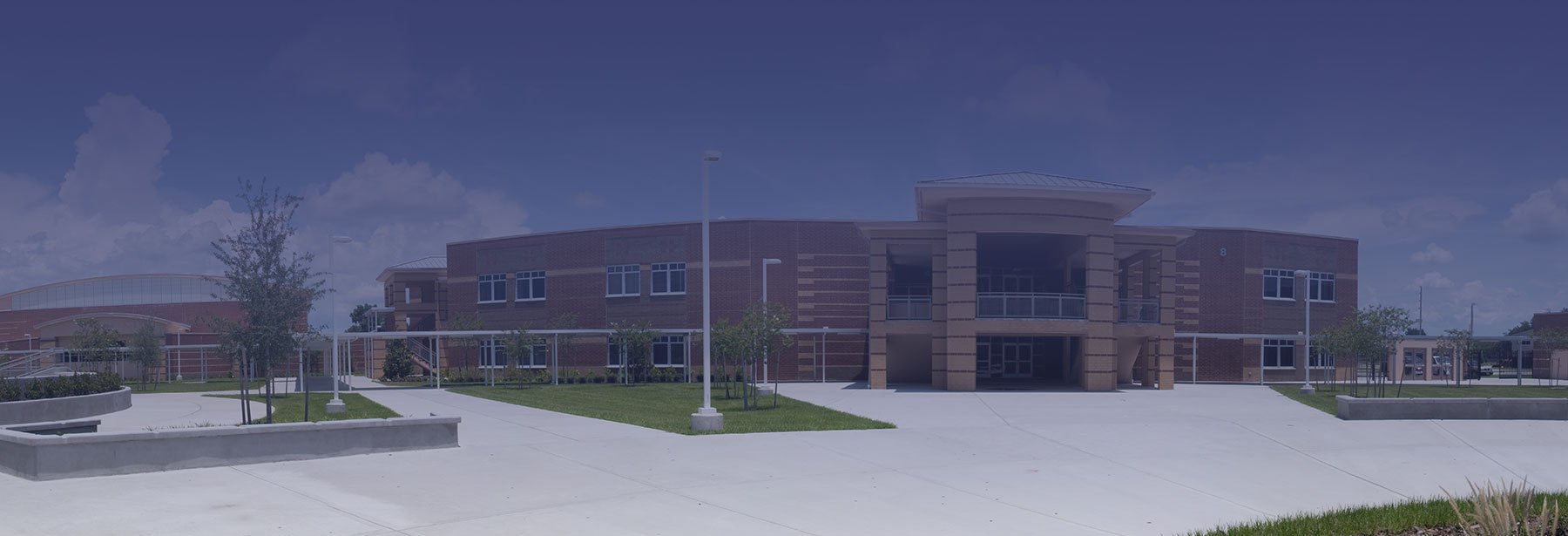Erin Duffy, Omaha World Herald
The email alerts pop up in the inboxes of Millard administrators.
“I am alerting you to an item with questionable content.”
A student has sent a nude photo.
A distressed student has emailed a friend: “I hate myself.”
A scan of a file on another student’s computer has turned up a reference to cutting and self-harm.
“I get these almost daily,” said Millard’s student services director, Bill Jelkin.
School officials are turning to a new tool in their ongoing quest to stop the next school shooter, to spot the suicidal tendencies in a depressed teen before it is too late, and to obtain evidence of the casual cruelties kids can inflict on each other from behind a keyboard.
School districts like Millard, Elkhorn, Kearney and Schuyler are increasingly relying on digital monitoring and surveillance.
Schools have long used filters to block websites considered violent, pornographic or otherwise inappropriate. Many schools also choose to block social media sites or apps such as Facebook, Instagram and Twitter. (Under the Children’s Internet Protection Act, schools and libraries that accept federal funds to pay for Internet access have to block certain web content.)
But a relatively new crop of education technology companies like Securly, Gaggle and Social Sentinel offer products that can scan students’ online communications — their emails, the documents stored on their digital drives, the comments they leave on an Instagram post tied to their school email — and flag threats, drug references or signs of potential self-harm.
The scans are mostly limited to school emails or activity on school computers or Internet networks, not private accounts.
Since school shootings in Parkland, Florida, and Sante Fe, Texas, “certainly there has been a heightened awareness ... for companies like us to come forward now with solutions to keep the kids safe,” said Bill McCullough, Gaggle’s vice president of sales. “The community’s demanding it.”
The emerging technology has drawn cheers from parents and principals who fear that they are no match for tech-savvy kids, and winces from student privacy advocates concerned about overreach.
Schuyler signed up for Gaggle on a trial basis two years ago.
“After a quarter, our principals said, ‘Oh my gosh, we didn’t know how much was going on out here,’ ” Schuyler Superintendent Dan Hoesing said. “They were surprised at what was found. It was invisible.”
Millard and Kearney have used Gaggle for the past several years at the middle and high school level. Elkhorn just signed up for Securly, along with 36 other districts, including Beatrice, Omaha Nation and Maywood, that will use it primarily to block and filter websites. Twelve districts in Iowa are Gaggle clients.
Gaggle turned up 747 alerts in Kearney during the 2017-18 school year, mostly for low-level violations like cursing. But some alerts tipped off administrators to serious situations that were percolating online or in a student’s private life, said Troy DeHaven, Kearney’s technology director.
“It should be something that we’re doing at a state level,” he said. “We require kids to be on the Internet, and I think we should protect them to the best of our ability.”
While parents, students and schools are on heightened alert for the hints that could unravel another school shooting plot, officials in Millard and Schuyler said that they haven’t encountered or stopped any major threats by using Gaggle. School shootings, statistically, remain very rare.
But some school leaders think these tech products can serve as another layer of vigilance, against not just school violence, but the much more common problems that can disrupt the school day: bullying, sexting, whispered threats that escalate to fights in the hallway. Suicide is a particular concern. According to the Centers for Disease Control and Prevention, it’s the second-leading cause of death for teens.
Gaggle’s McCullough said his company sent 542 alerts last year about students who were potentially suicidal, and 240 notifications that involved a student talking about bringing a weapon to school.
In Millard, Jelkin got a heads-up that a student was chatting online with a man offering money in exchange for nude photos. Jelkin quickly alerted her parents.
“We tell the kids,” he said. “We do not hide the fact that we have this: Just so you understand, all your files, all your communications that cross this domain will be evaluated.”
Millard pays Gaggle on a per-student basis, which equals about $51,000 per year.
Elkhorn, Millard, Kearney and Schuyler all have fully or partly implemented one-to-one technology programs that provide school-owned laptops or tablets to students who use them in the classroom and take them home at night and during summer breaks.
Lawyers and school officials say there is little to no expectation of privacy on school-issued devices, although the American Civil Liberties Union has criticized that notion. Elkhorn spells it out plainly in its student handbook: “(Email) and other computer use or storage is not guaranteed to be private or confidential. ... Computers, files and communications may be accessed and reviewed by district personnel.”
“It’s not like we’re playing Big Brother,” Schuyler’s Hoesing said. “If you’re using our network, you know anything that comes across that network is our property.”
Students who are considering hurting themselves or others often drop clues ahead of time, Hoesing said. No one wants to miss those warning signs.
DeHaven said it’s not a secret that Kearney uses Gaggle but concedes that many parents might not be aware of the extent to which schools can survey students’ online activity.
Securly offers a service called Parent Portal, where parents can check a dashboard or receive emails detailing their child’s search histories and which websites they visited that day.
“Parents love us. (Kids, maybe not so much...)” Securly’s website reads.
Elkhorn selected Securly over other companies partly because of its web search services, said Kevin Gross, Elkhorn’s technology director.
Elkhorn’s IT staff could review student search histories before, but now principals will be able to quickly look it up themselves, Gross said. The district is still hammering out details but expects to spend around $25,000 per year.
“School safety has been a priority for us,” said Anne Doerr, Elkhorn’s executive director of student services. “We want every student who walks through our doors to feel safe when they come.”
But that doesn’t mean there aren’t questions or privacy concerns when schools scan student emails or social media posts. Students and parents may not fully realize that emails from password-protected accounts could fall into the hands of administrators, said Christine Bannan, an attorney with the Electronic Privacy Information Center.
“I don’t want to sound insensitive to the gun violence and student safety concerns. Those are definitely real and important. It’s just that surveillance policies are also rolled out for something like that as sort of a knee-jerk reaction,” she said.
And scans will undoubtedly pick up false alarms, like someone writing “you dropped a bomb” or the word “gun” appearing 50 times in an essay on gun control.
Katie Burton, who has three kids in Millard schools, is torn. The district’s use of a monitoring service seems “fairly benign,” she said, though she hopes that principals do loop in parents when something is flagged. But she also worries that students could be punished for something they’ve written before they’ve even done anything wrong.
“It’s more like a rolling ball,” she said. “You see where it goes.”
Officials in some districts, like Ralston, Papillion-La Vista, Westside and Bellevue, said they’re not using such monitoring products. Instead, they’re focusing on prevention, “not policing,” by fostering positive school climates where students can confide in school staff. Many schools promote what’s called digital citizenship by teaching students to use technology responsibly.
“We recognize there’s a tremendous amount of fear in our whole society right now,” said Kevin Mills, Bellevue’s student services director. “But what I feel confident knowing is that we don’t have our heads in the sand saying, ‘this can’t happen here.’ ”
Spurred partly by the Sandy Hook tragedy, local schools have spent millions of dollars in recent years “hardening” schools, by installing more video cameras, buzz-in doors and vestibules that require visitors to pass through the office before gaining wider access to the school.
Schools and law enforcement agencies practice lockdown drills, and many schools direct students, staff and parents to hotlines where they can report threats or worrisome behavior. Bellevue is expanding a peer-to-peer program called Hope Squads, where students can confide in trained classmates if they’re feeling depressed or a friend is struggling. In Schuyler, each middle and high school student has a staff member who serves as a mentor.
And Bellevue officials said that since the Parkland shooting in February, there have been no shortage of vendors selling schools on the latest-and-greatest product to beef up school security. But cost and proven effectiveness remain a concern. Students can bypass filters or scans by using data plans on their phones to access the Internet in class.
But McCullough said parents are asking for more tools to keep track of what their kids are doing online.
“From parents, all I hear is: ‘Could you do more? Could you look at social media, because we can’t get our arms around it. Can you help us?’ ” McCullough said.
Hoesing, from Schuyler, thinks digital monitoring has actively deterred students — and staff — from misusing technology. Schuyler Central High School Principal Stephen Grammer said his team used to get two to three alerts per month. Now that’s dropped to about one.
When students do get flagged, school officials try to work on correcting behavior or getting kids help, not just punishing them, Hoesing said.
“I don’t think it’s a magic bullet,” he said. “It’s just another tool that we have to try to make sure kids learn how to use technology appropriately.”

